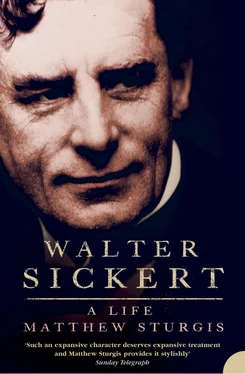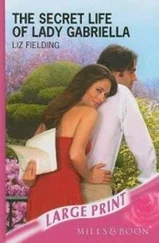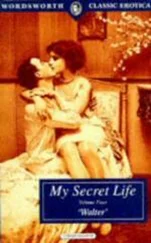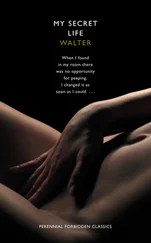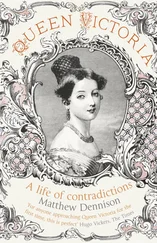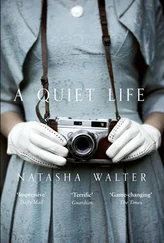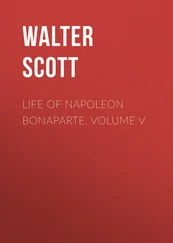They banded together into what Sickert called ‘the school’ of Whistler. 109 They met at each other’s studios, and dined together at cheap restaurants. 110 They discussed the Master, his works, and his methods. They undertook to fight his battles and to promote his name. They had, too, their own ambitions. ‘Severally and collectively,’ Menpes recalled, ‘we intended to be great.’ 111 But it was not to be an ordinary greatness. They despised their more conventional artistic contemporaries, those ‘young men of the eighties’, as Sickert later characterized them, ‘admirably tailored with nothing of Vandyck about them but the beard, playing billiards for dear life with the Academicians at the Minerva Club!’ 112 Their greatness was to be achieved by following the precepts of Whistler; and Sickert, as a designated ‘pupil’ of the Master, was placed right at the heart of this unfolding project.
In the New Year he assisted with the next phase of the Master’s planned assault on the established art world: the Ten o’Clock Lecture. Jealous of Wilde’s successes on the platform, Whistler had determined to mount a lecture event of his own, and Richard D’Oyly Carte, the promoter of Wilde’s American tour, had agreed to produce it. Whistler worked hard arranging his argument and polishing his paradoxes, and Sickert worked hard with him. Some manuscript sheets of the lecture survive in Sickert’s hand, suggesting how active his role was. 113 He also played a part in the practical arrangements, liaising with D’Oyly Carte’s assistant (and later wife) Helen Lenoir. He visited her office many times, and amidst the demands of work even found time to produce an ambitious etching of her sitting at her lamp-lit desk poring over her paperwork. 114 When the lecture was given at Prince’s Hall on the evening of 20 February 1885, Sickert caught some of the reflected glory. His significant contribution to the event was certainly recognized by Ernest Brown of the Fine Art Society and Mr Buck of the Goupil Gallery. They invited him to lunch, together with Whistler, in gratitude for a ‘much enjoyed’ evening. 115
Whistler was in the ascendant and Sickert rose with him. The portrait that Whistler had made of the Spanish violin virtuoso Sarasate was the main attraction of the SBA’s spring exhibition. At the same show, Sickert exhibited no fewer than four pictures – a view of Ramsgate, two Cornish scenes, and a small flower piece. 116 There was, of course, danger as well as opportunity in the association. Critics, although gradually accustoming themselves to taking Whistler seriously, found it convenient to do so at the expense of his imitators and disciples. And the throng of these was ever increasing. Artists beyond the close coterie of Whistler’s studio were beginning to adopt his manner – or, more often, his mannerisms. ‘The power of strong artistic personality,’ remarked the critic from The Academy , ‘has probably never been more plainly shown at an English exhibition than at the present collection in Suffolk Street. Mr Whistler is not only there in force, but the effect of his influence on the younger exhibitors is very plain.’ It was considered a not entirely beneficial force: ‘You can have too much Whistler and Water.’ 117 Following the same line, the Pall Mall Gazette thought Whistler’s little landscapes ‘vastly amusing’ in themselves, but ‘so bad for the young’. Menpes alone was excused from this general criticism. 118 As a further mark of distinction, the Australian was also the first disciple whom Whistler sought to bring with him into the SBA. He was elected at the beginning of June as a ‘member in water colour’. 119
These incidents served to remind Sickert how much he still had to achieve. He also began to perceive that the pleasure of being one of the ‘young lions of the butterfly’ was touched with the possibility of being lumped together with various inferior talents. In what was perhaps an attempt to raise himself above the crowd of Whistlerian ‘imitators’, he allowed himself to look beyond the confines of Suffolk Street. That summer he exhibited for the first time at the Royal Academy with his etching of Miss Lenoir. Along with Menpes he also showed at the Society of Painter-Etchers – a body of which Whistler disapproved (its president was his brother-in-law, Seymour Haden, with whom he had fallen out). The move can hardly have been made without Whistler’s permission, but it marked a first small assertion of self-will. Significantly, he chose to show an etching of young Stephen Manuel that he had made while the boy was sitting to Whistler. ‘My etching was good for me,’ Sickert recalled, ‘being done in once. Whistler’s portrait was bad for him. He was not quick enough for the child, who was wearied with the number of sittings.’ Sickert, with a cheerful presumption of equality, had then told Whistler of his theory ‘that when two people painted from the same thing, the bogey of success sat on one or the other, but not on both palettes’. 120
Although Sickert’s identification with Whistler’s aims and methods remained intense, he began to put forward his own ideas as to how they might best be effected. It was probably apropos the Stephen Manuel portrait that he wrote to his master, urging, ‘[For God’s] sake don’t attempt to repaint the whole picture to [the] boy’s present condition, but merely touch details. The picture is finished .’ The problems of reworking the entire surface of a large canvas at each sitting – putting one layer of paint on another – also inspired Sickert to make independent experiments. ‘I have tried the petroleum oil on the life-size canvas,’ he wrote excitedly to Whistler of one new paint recipe: ‘it is perfect: not sticky like turps: keeps wet: doesn’t sink in: works quicker somehow, and fresher: five of it to one of burnt oil. I wish you would try it.’ 121 The tone of self-assurance was new but unmistakable.
* Whistler addressed a series of disparaging open letters to Wilde during the course of the year: ‘We, of Tite Street and Beaufort Gardens [home of Mrs Jopling-Rowe], joy in your triumphs and delight in your success; but we are of opinion that, with the exception of your epigrams, you talk like “S[idney] C[olvin] [the Slade Professor] in the provinces”; and that, with the exception of your knee-breeches, you dress like ‘Arry Quilter.’
* Sickert was not habitually clumsy. Many contemporaries recall the precision – and decision – of his movements. If he did drop things around Whistler it must have been the result of nervous over-excitement.
†Amongst the views recorded were several of St John’s Wood, where Ellen was staying at 10a Cunningham Place, in a house occupied by Miss Leigh-Smith, and the painter, Miss E. M. Osborn.
I know that the Sickerts can’t expect other people to see in Dieppe all that it means to them.
(Oswald Valentine Sickert to Eddie Marsh)
It was as an exhibiting artist with pictures hanging in three London galleries that Sickert finally married Ellen Cobden on Wednesday 10 June 1885 at Marylebone Registry Office. He was twenty-five, she was thirty-six. The occasion appears to have been a low-key, almost impromptu affair. According to legend, Sickert nearly missed the service waiting for his bus to come. 1 It is not clear that either family was represented – though both were certainly well pleased with the match. 2 Mrs Sickert considered Ellen (or ‘Nellie-Walter’ as she became known in the family, to differentiate her from all the other Nellies) ‘delightful’ and ‘so good & loving to me that she always does me good’. 3 Whistler, too, was supportive, presenting the happy pair with a wedding gift of a luxurious green-and-white wardrobe painted by himself. 4 The prolonged engagement, however, if it had not weakened Sickert’s real affection, had done nothing to raise the temperature of his passion. Three years of waiting had established a pattern to the relationship, increasing Sickert’s sense of independence, and accustoming him to the security of Ellen’s affections and support, while leaving him often at liberty to pursue his own interests, both in work and at play. The bohemian world of the Chelsea studios had often drawn him away from her, and it seems that, even before the marriage, Sickert had begun to have affairs. It was not a pattern he was anxious to break. * 5
Читать дальше
